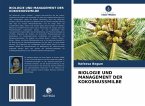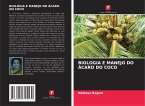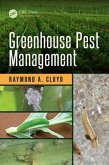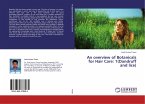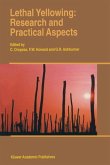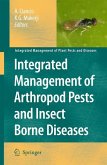The coconut, Cocos nucifera L., probably originated in the Indo- Melanesian region and spread locally by sea currents to many island groups with wider dissemination occurring as a result of human movement.The pest management is helpful criteria for the farmers. The chemical pesticides are hazardous to the environment. Extracts (aqueous or oil) of some plant materials are toxic to some species of insect pests of crops and others are less toxic. These extracts with lethal activity on insects may be applied sole or in mixtures with less toxic plant extracts to ascertain their complimentary or synergistic attributes in the management of crop pests. Soil amendment of the effective plant materials for the control of the soil inhabiting pests like white grubs and root-knot nematodes. Amendment of de-oiled cakes of neem, groundnut, sesamum, castor, mahua and karanj etc. are known potential examples to minimize root-knot nematodes populations and losses caused by them. The present study findings indicated that the Neem oil (NSKE) can be used as bio controlling agent in control of coconut mite. Botanicals application for pest management is a environmentally friendly crop protection.
Bitte wählen Sie Ihr Anliegen aus.
Rechnungen
Retourenschein anfordern
Bestellstatus
Storno


